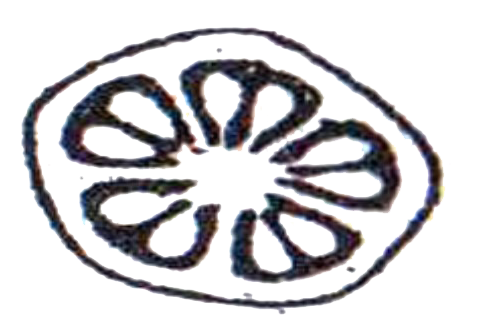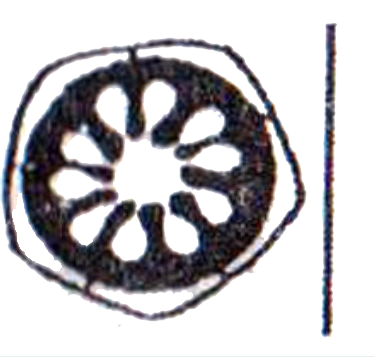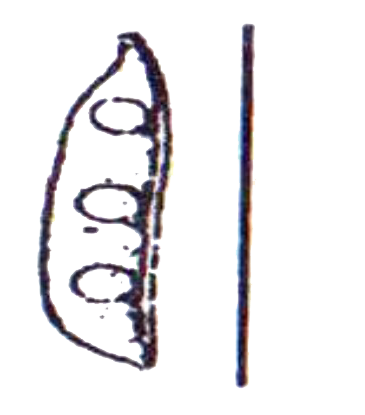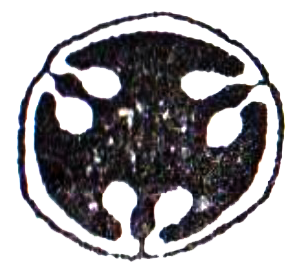Which one of the following figures represents the working age group of the population? (in years)
15-65 years
15-54 years
15-66 years
15-59 years
The correct Answer is:D
Step by step video, text & image solution for Which one of the following figures represents the working age group of the population? (in years) by Geography experts to help you in doubts & scoring excellent marks in Class 12 exams.
Topper's Solved these Questions
- BOOK - FULL MARKSCHAPTER - POPULATION COMPOSITIONEXERCISE - Additional Questions Solved (Very Short Answer Type Questions)11videos
POPULATION COMPOSITION
- BOOK - FULL MARKSCHAPTER - POPULATION COMPOSITIONEXERCISE - Additional Questions Solved (Short Answer Type Questions)3videos
POPULATION COMPOSITION
- BOOK - FULL MARKSCHAPTER - POPULATION : DISTRIBUTION , DENSITY , GROWTH & COMPOSITION EXERCISE - WORKSHEET21videos
POPULATION : DISTRIBUTION , DENSITY , GROWTH & COMPOSITION
- BOOK - FULL MARKSCHAPTER - PRACTICE PAPER 01EXERCISE - QUESTIONS16videos
PRACTICE PAPER 01
Similar Questions
Knowledge Check
- Question 1 - Select One
Which one of the following figures represents the placentation on primrose ?
A B
B C
C D
D
- Question 2 - Select One
Which one of the following is not a part of the work Bank Group ?
AThe International Finance CorporationBAsian Development BankCThe multi -lateral Investment Guarantee AgencyDInternational Development Association - Question 3 - Select One
Which one of the following is not a part of the work Bank Group ?
AThe International Finance CorporationBAsian Development BankCThe multi -lateral Investment Guarantee AgencyDInternational Development Association
Which one of the following represents a group of autotrophs?
View SolutionWhich one of the following represents a group of autotrophs?
View SolutionWhich one of the following represents a group of autotrophs?
View SolutionWhich one of the following belongs to representative group of elements in the periodic table?
View SolutionWhich one of the following belongs to representative group of elements in the periodic table?
View Solution


